Mumbai is the financial and entertainment capital of India. it is cosmopolitan city with diverse culture and tradition, food and festivals. Mumbai is the origin of Indian Cinema. It is also called as City of Seven islands and Gateway of India.
Luxury Train in India -Jewls of Deccan
Deccan Odyssey, popularly known among the global travellers as the Blue Limousine, assure you an inspiring rail travel experiences with warmest and luxurious hospitality services. The state-of-the-art features encompassed in the train for ensuring maximum comfort and convenience for its guests have transformed the train stunningly beautiful.
The luxury train Deccan Odyssey offers services such as Spa, Gym, Electronic Safe, Individual Climate Control for each cabin, Public Address system, Wi-Fi and dedicated services of a personal attendant.
The well organised luxury train tours in a very clean and comfortable air-conditioned coaches whose designs are based on highlights of the Maratha Kingdom to make their guests travel back to the golden age of Maharashtra.
The very start of your journey on the Blue Limousine will be from Mumbai’s imposing Chhatrapati Shivaji Terminus (CST), where a red carpet has been laid and a group of dancers both men and women dressed in traditional attire assembles on the platform and performs the lezim, a Maharashtrian folk dance where the entertainment starts colourfully.
Excellent delicacies, a mix of Indian & western choices are served in a quite nice and spacious restaurant adding more merriments to your journey.

Day 1 – Mumbai

Day 2 – Bijapur
Bijapur, the historic capital of Deccan Sultans, surpassing Delhi and Agra and a place flocked by poets, dancers, calligraphers and saints. Gol Gumbaz, the mausoleum of the King Adil Shah of the Deccan dynasty is the icon of Bijapur. The elegant architecture and the acoustics used in this magnificent mausoleum makes this so special. Besides this, you can enjoy the other Islamic architectures built during the deccan dynasty.
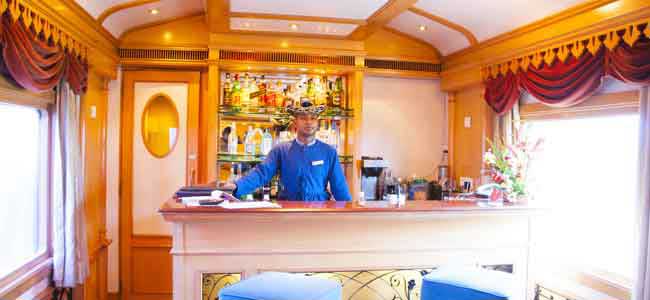
Day 3 – Aihole – Pattadakkal
Find the historically significant Chalukya monuments present in the form of more than hundred rock cut temples at Aihole and Pattadakkal earning the accolade of “the cradle of Hindu rock architecture”. The temples built by the Chalukyan Kings depict the glory of the Dravidian and Nagara architectures. Also, you have an option of visiting Guledgudda, the village famous for weaving or the rock-cut caves and the temples at Badami.
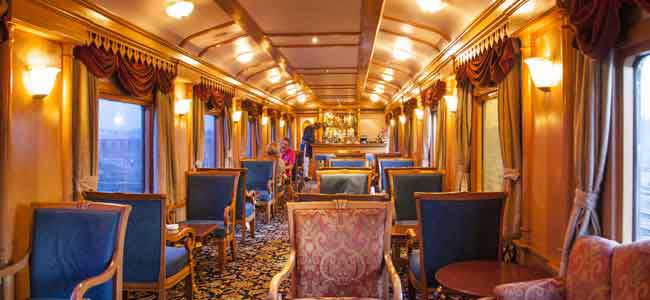
Day 4 – Hampi
Visit the erstwhile capital of the Vijayanagara Dynasty and the then second richest place in the world next to Vatican, Hampi. The ruins of the temples, palaces and massive architectures spotted across this starkly beautiful landscape are recognized by UNESCO as the “Group of Monuments in Hampi”. Located at the banks of the Thungabadhra River, Hampi is a treasure of architectural marvels like Virupaksha Temple, Vittala Temple, Lakshmi Narasimhar statue and the huge statue of Lord Ganesh. Hampi is synonymous to a veritable open-air museum.
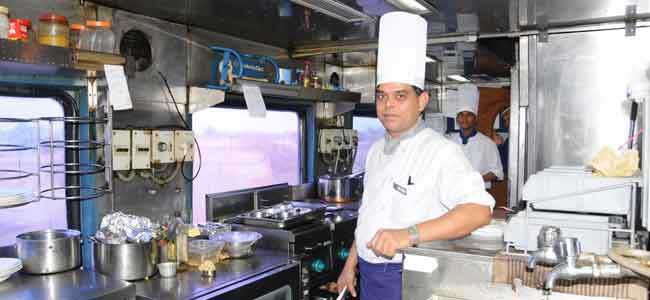
Day 5 - Hyderabad
Hyderabad, the royal city of Nizams, encompasses several architectures which speak volumes about the Nizami culture and grandeur. Golkonda, Charminar, sumptuous Hyderabadi Briyani are some of the classic icons of Hyderabad. You can also visit the vibrant bazaars where you have plenty of shopping options. Laad Bazaar is a very ancient one where you can have numerous varieties of bangles and pearls for your loved ones.
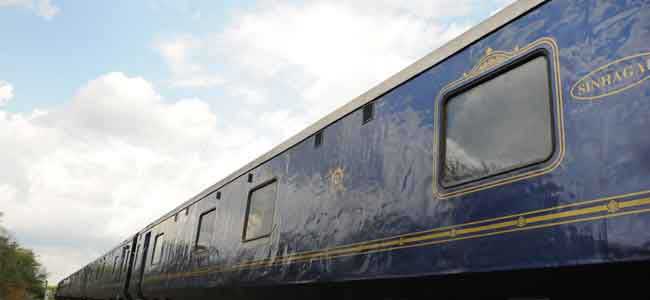
Day 6 – Aurangabad Ellora Caves
The epitome of rock – cut cave architecture of the yester years’ dynasties are best seen in the Ellora caves near Aurangabad which is primarily influenced by the Mughal architecture spotted everywhere. The 34 rock cut shrines representing majorly the Hinduism, Buddhism and Jainism are recognised by UNESCO as the World Heritage Site. out of all the Lord Shiva temple is said to replicate the abode of Lord Shiva at Mount Kailash.
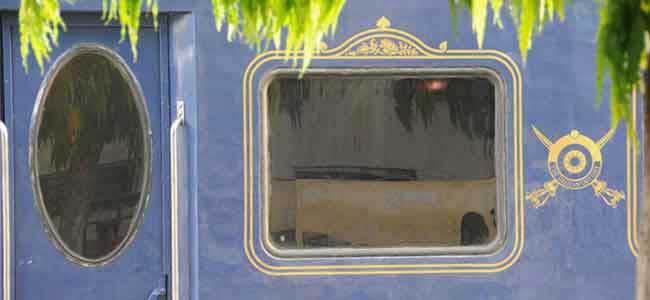
Day 7 – Ajanta Caves
The Buddhist religious art is well exhibited in the rock cut temples of Ajanta which is yet another UNESCO recognised World Heritage Site. The intricate designs of the paintings and structures found in the rock cut temples speak volumes of the finest ancient Indian art. The temples comprise of the Buddhist monasteries and worship halls which are believed to have functioned as the monsoon retreat for the yesteryears’ Buddhist monks. Ajanta being the major tourist attraction of Maharashtra, boasts the architectures dating back to 2nd century.

Day 8 – Mumbai
Mumbai is the financial and entertainment capital of India. it is a cosmopolitan city with diverse culture and tradition, food and festivals. Mumbai is the origin of Indian Cinema. It is also called as City of Seven islands and Gateway of India.
